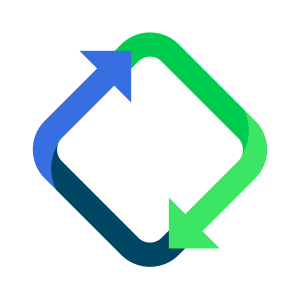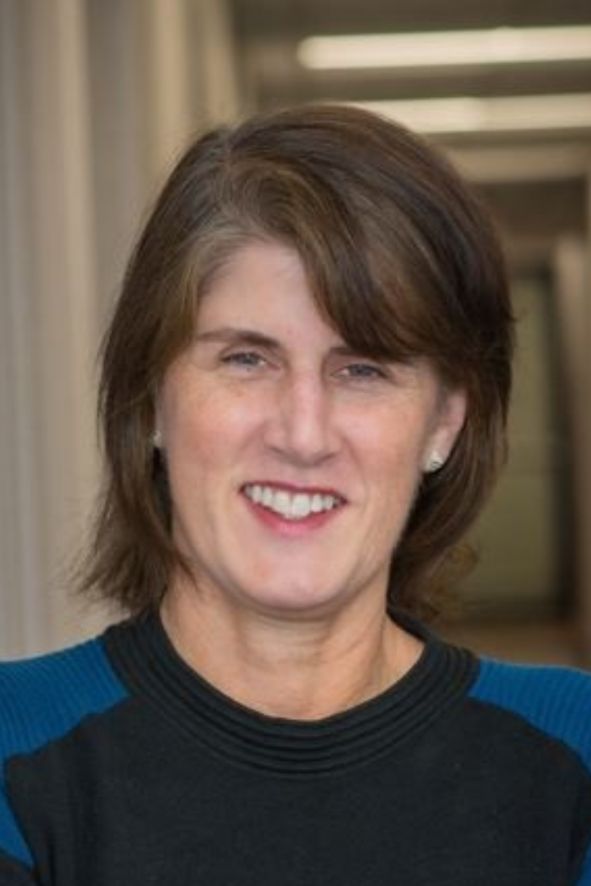Understanding the difference between Scope 1, Scope 2, and Scope 3 greenhouse gas (GHG) emissions is essential for any business aiming to improve its sustainability performance. These terms are widely used in environmental reporting, especially under frameworks like the Science Based Targets initiative (SBTi) and the Corporate Sustainability Reporting Directive (CSRD). But what do they mean, and how do they affect your business?
Let’s break it down.
Scope 1 Emissions: Direct Emissions from Your Operations
Scope 1 emissions are considered the most straightforward. These are direct emissions from sources your company owns or controls. If your business burns fuel on-site or operate its vehicles, these emissions fall under Scope 1.
Examples of Scope 1 emissions:
- Company-owned or controlled vehicles using petrol or diesel
- On-site gas boilers or heating systems
- Industrial equipment used in manufacturing or processing
Scope 1 is often the starting point for companies to track and reduce carbon emissions, as the data is typically easier to access.
Scope 2 Emissions: Indirect Emissions from Purchased Energy
Scope 2 emissions are indirect emissions from generating energy that your business buys and uses. This typically refers to electricity, heating, and cooling provided by a third party.
Examples of Scope 2 emissions:
- Electricity used in offices, warehouses, or production sites
- Purchased district heating or cooling systems
Reducing Scope 2 emissions can be a relatively practical way to improve your carbon footprint, especially when options like purchasing renewable energy or improving energy efficiency are available. While costs and complexity can vary, these actions are often among the more achievable steps for making early progress.
Scope 3 Emissions: Indirect Emissions Across Your Value Chain
Scope 3 emissions are all other indirect emissions that occur across your value chain, both upstream and downstream. These are typically the largest share of a company’s total carbon footprint, but also the most complex to calculate.
Examples of Scope 3 emissions:
- Emissions from suppliers and the production of purchased goods and services
- Transportation and logistics not owned by your business
- Waste disposal, including product end-of-life impacts
- Employee commuting and business travel
- Customer use of your products
Scope 3 emissions are increasingly important as regulators, investors, and customers demand greater transparency and accountability throughout a product or service’s full life cycle.
Why Are Scope 3 Emissions Important for Businesses?
With regulations like the CSRD and evolving Extended Producer Responsibility (EPR) rules, businesses are expected to go beyond internal operations and report on the emissions associated with their entire supply chain.
Companies that understand and reduce their Scope 3 emissions are:
- More prepared for compliance
- Better positioned to meet sustainability goals
- Have a competitive edge to retailers, investors, and climate-conscious customers
If your business operates in multiple markets or has complex supply chains, knowing your Scope 3 impact is quickly becoming a must.
How RLG Helps with Scope 3 Emissions
RLG’s Scope 3 Insights offers a comprehensive solution and a trusted partner to guide you through the entire journey of End-of-Life carbon accounting and circular economy initiatives. We help you track emissions, implement effective actions, and report with confidence.
We support you by:
- Enhancing the granularity and accuracy of emission accounting and circularity indicator reporting
- Managing the collection of primary supplier data
- Providing detailed insights into every step of the reverse supply chain to enable smart, data-driven decisions that reduce carbon footprints and advance circularity
Whether you’re building your first Scope 3 strategy or refining your existing reporting, our tools and expert guidance make it easier to take meaningful action and stay ahead of regulatory and market demands.
Ready to get started? Contact us to learn how Scope 3 Insights can support your sustainability goals.


